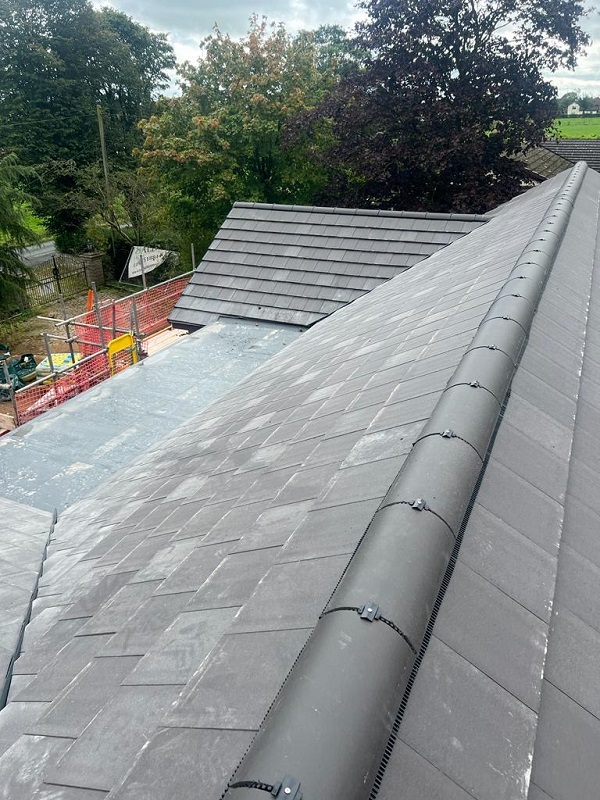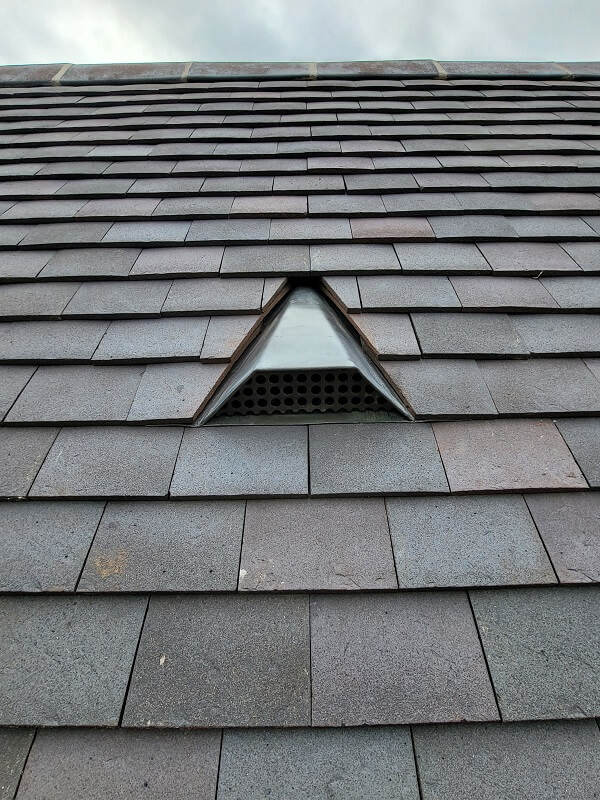Concrete roof tiles are a popular choice for homeowners and businesses due to their durability, affordability, and long lifespan. If you’re considering a concrete tile roof, you may be wondering how long it will last and what factors influence its longevity. Compared to other roofing materials like clay, slate, and metal, concrete tiles offer a great balance of cost-effectiveness and resilience. With proper installation and maintenance, they can protect your property for decades.
Factors such as climate, maintenance, and roof design all play a role in determining how long concrete roof tiles last. Understanding these aspects will help you make an informed decision about your roofing investment. In this guide, we’ll explore the lifespan of concrete tiles, compare them with other roofing options, discuss maintenance tips, and highlight signs that your roof may need repairs or replacement.
The Lifespan of Concrete Roof Tiles
One of the main reasons homeowners and property developers choose concrete roof tiles is their impressive lifespan. When installed correctly and maintained properly, concrete roof tiles can last between 50 to 100 years. This makes them one of the longest-lasting roofing materials available, comparable to natural slate and metal roofs.
Several factors affect how long a concrete roof will last, including climate, regular maintenance, installation quality, and exposure to harsh weather conditions. Unlike some roofing materials that degrade quickly over time, concrete tiles are designed to withstand extreme weather, resist corrosion, and provide long-term protection for buildings.
Factors That Affect the Lifespan of Concrete Roof Tiles
1. Installation Quality
Proper installation is crucial to the longevity of any roof covering. If concrete tiles are not installed correctly, issues such as water damage, leaks, and costly repairs can arise. Ensuring that the roof deck is properly prepared and that individual tiles are securely placed will help prevent premature wear and tear.

2. Climate and Weather Conditions
Concrete roof tiles are extremely durable and can withstand harsh weather conditions, including heavy rain, strong winds, and even hail. However, prolonged exposure to moisture can lead to moss growth, which may impact the surface of the tiles if left untreated. In regions with frequent freeze-thaw cycles, the porous nature of concrete may lead to slight expansion and contraction, which can cause minor surface cracks over time.
3. Regular Maintenance and Repairs
While concrete tiles require minimal maintenance compared to some other roofing materials, periodic inspections are still necessary to keep them in good condition. Replacing individual tiles that become cracked or damaged can extend the overall lifespan of the roof. Additionally, cleaning off debris, moss, and dirt buildup will help prevent premature deterioration.
4. Quality of Materials
Not all concrete roof tiles are created equal. Higher-quality concrete tiles with proper curing and finishing tend to last longer than lower-quality alternatives. Choosing reputable manufacturers and high-quality roofing materials ensures better durability and longevity.
5. Roof Design and Drainage
A well-designed roof with proper drainage reduces the risk of water pooling and potential leaks. Ensuring adequate slope and effective water runoff helps protect both the tiles and the underlying roof deck from moisture-related issues.
Concrete Roof Tiles vs. Other Roofing Materials
Concrete roof tiles offer a great balance between durability, affordability, and aesthetic appeal, but how do they compare to other popular roofing materials?
1. Concrete Tiles vs. Clay Roof Tiles
Both concrete and clay tiles have long lifespans, often exceeding 50 years. However, clay tiles are typically more brittle than concrete tiles, making them more susceptible to breakage during installation or under heavy impact. On the other hand, concrete tiles are slightly heavier, requiring a strong roof structure to support the extra weight.
2. Concrete Tiles vs. Slate Roofs
Natural slate is one of the longest-lasting roofing materials, often exceeding 100 years. While slate roofs offer premium aesthetics and durability, they are significantly more expensive than concrete roof tiles. Concrete tiles provide a cost-effective alternative with a similar appearance and impressive longevity.
3. Concrete Tiles vs. Metal Roofs
Metal roofs are known for their longevity and durability, often lasting over 50 years. While metal roofing is lightweight and resistant to corrosion, it may be prone to denting and can be noisier in heavy rain. Concrete tiles, on the other hand, offer better insulation and a traditional aesthetic, making them a popular choice for residential properties.
4. Concrete Tiles vs. Synthetic Slate Roofs
Synthetic slate roofs are made from composite materials designed to mimic the look of natural slate while being lighter in weight. While synthetic slate is more affordable than natural slate, it may not be as durable as concrete tiles. Concrete tiles offer greater longevity and weather resistance, whereas synthetic slate can sometimes fade or become brittle over time. However, synthetic slate is lighter and may be easier to install on structures that cannot support the weight of concrete tiles.
Signs That Concrete Roof Tiles Need Replacing
Even though concrete roof tiles have a long lifespan, they may eventually need replacing due to wear and tear. Here are some signs your roof needs repair:
- Cracked or Broken Tiles: Individual tiles may crack due to impact from debris, requiring replacement.
- Water Leaks: If leaks appear inside the property, it could indicate that the roofing materials have become compromised.
- Moss and Algae Growth: While some moss is natural, excessive buildup can retain moisture and affect the surface integrity of the tiles.
- Fading or Discolouration: Prolonged exposure to the elements may cause the colour of concrete tiles to fade, though this does not usually impact their functionality.
Extending the Lifespan of Your Concrete Roof
To ensure your concrete roof remains in the best condition for as long as possible, follow these key maintenance tips:
- Schedule regular inspections to check for damaged or missing tiles.
- Keep gutters clear to prevent water buildup and drainage issues.
- Remove moss and algae to prevent excess moisture retention.
- Address minor repairs promptly to avoid costly repairs down the line.
- Ensure proper ventilation to reduce the risk of trapped moisture under the roof covering.

Closing Thoughts
Concrete roof tiles are one of the best solutions for homeowners looking for a durable, long-lasting, and cost-effective roofing option. With a lifespan of up to 100 years, minimal maintenance requirements, and resistance to harsh weather conditions, they offer excellent value for property owners.
At C Kearney Roofing, we specialise in high-quality roofing installations and replacements. If you need advice on choosing the best roofing materials for your home or business, get in touch with our expert team today. We’re here to help you find the perfect roofing solution to protect your property for decades to come.
Contact us today to discuss your roofing needs and find the perfect slate solution for your home or business.
How Long Do Concrete Roof Tiles Last FAQs
What is the life expectancy of concrete roof tiles?
Concrete roof tiles typically last between 50 to 100 years when properly installed and maintained. Factors like climate, maintenance, and installation quality play a significant role in their longevity.
What are the different benefits of choosing concrete roof tiles?
Concrete roof tiles offer excellent durability, fire resistance, energy efficiency, and cost-effectiveness. They are also available in a variety of styles and colours to suit different architectural designs.
Are concrete roof tiles suitable for all types of construction?
Yes, if left untreated, a leaking roof can lead to serious structural issues, including weakened roof decking, mould growth, and damage to Yes, concrete roof tiles are commonly used in residential and commercial construction projects. However, due to their weight, it’s essential to ensure the building structure can support them before installation.